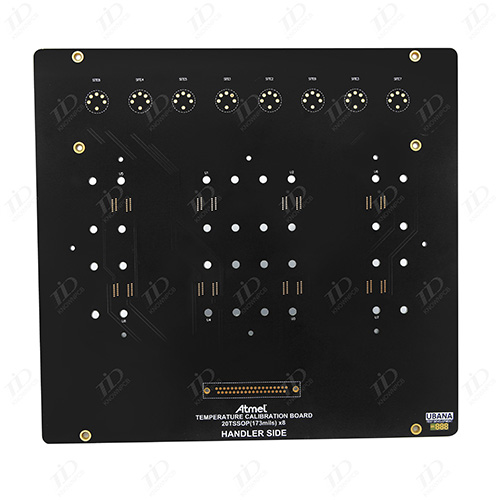 +86 755 2794 4155
+86 755 2794 4155  sales@knownpcb.com
sales@knownpcb.com
-
Shenzhen KNOWNPCB Technology Co., Ltd.
 +86 755 2794 4155
+86 755 2794 4155  sales@knownpcb.com
sales@knownpcb.com
 2024-01-19
2024-01-19
 716
716

Electromagnetic compatibility refers to the ability of electronic devices to work in a coordinated and effective manner in various electromagnetic environments. The purpose of electromagnetic compatibility design is to enable electronic devices to suppress various external interferences, enabling them to operate normally in specific electromagnetic environments, while also reducing the electromagnetic interference of electronic devices themselves on other electronic devices.
Choose a reasonable wire width. The impact interference generated by transient current on printed lines is mainly caused by the inductance component of printed wires, so the inductance of printed wires should be minimized as much as possible. The inductance of printed wires is directly proportional to their length and inversely proportional to their width, so short and precise wires are beneficial for suppressing interference. The signal lines of clock leads, row drivers, or bus drivers often carry large transient currents, and printed wires should be as short as possible. For discrete component circuits, a printed wire width of around 1.5mm can fully meet the requirements; For integrated circuits, the printed wire width can be selected between 0.2 and 1.0mm.
Adopting the correct wiring strategy and using equal routing can reduce wire inductance, but the mutual inductance and distributed capacitance between wires increase. If the layout allows, it is better to use a grid like wiring structure. The specific method is to wire one side of the printed circuit board horizontally and the other side vertically, and then connect them with metalized holes at the cross holes.
In order to suppress crosstalk between printed circuit board wires, it is advisable to avoid long-distance equal routing when designing wiring, and to widen the distance between wires as much as possible. Signal wires, ground wires, and power wires should not cross as much as possible. Setting a grounded printed wire between signal lines that are highly sensitive to interference can effectively suppress crosstalk. To avoid electromagnetic radiation caused by high-frequency signals passing through printed wires

Or call +86 755 2794 4155
Inquiry Now

